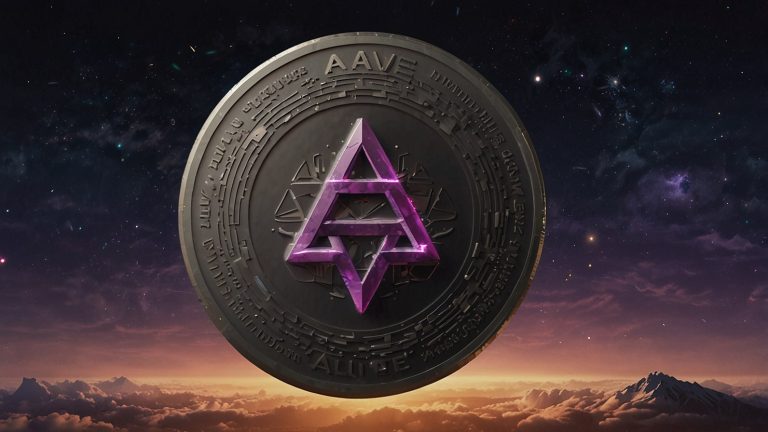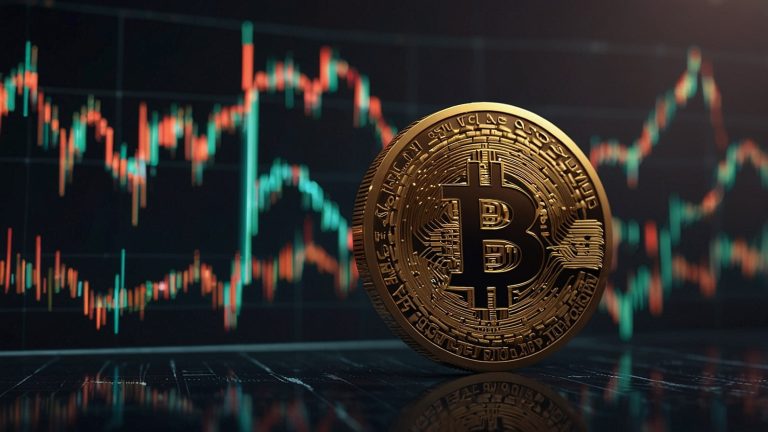As of October 22, 2025, XRP, the token currency of the Ripple system, was priced at approximately $0.00242, representing a relatively small increase of 1.2 per cent in a flat cryptocurrency market. This follows a hectic week that was characterised by uncertainties in the U.S government shutdown that appeared to derail several important regulations, but currently seems to have a solution.
As the crypto market cap of the entire market remains stable at 3.85 trillion, XRP is resilient, which is backed by the accumulation of whales, technical support, and upcoming ETF approvals. Traders are hopeful that the month of October may be the most active month of XRP in 2025 due to institutional inflows and network improvements.
The wider market has recovered tentatively after the volatility that occurred last week, as Bitcoin neared the level of $112,500 and Ethereum approximately $4,100. The 8 per cent growth of XRP over its lowest point in October of 2021 makes it one of the top altcoins in the market, such as Solana and Cardano, which increased by 2.1 and 1.8, respectively.
The speculation of a boom has been spreading on social media, with analysts pointing to the strategic acquisitions of Ripple and its contribution towards cross-border payment.
ETF Approval in the Future Outlook with Shutdown Settling
One of the major drivers of XRP now is the fact that the shutdown of the U.S. government is expected to end soon, halting SEC inspection of several spot XRP ETF applications.
Grayscale, Bitwise, 21Shares and CoinShares are some of the largest filers whose decisions were to be made between October 18 and 25, but timelines were thrown into uncertainty by bureaucratic pauses. As an announcement of a funding transaction is imminent, analysts believe that they will move fast on regulatory matters, which could allow the unlocking of billions of institutional capital.
To make the news even more urgent, it is scheduled that a private crypto policy roundtable – involving U.S. Senators, crypto companies, and regulators – will happen today, October 22. This closed-door meeting might speed up ETF greenlights, which have been similar to post-approval booms in Bitcoin and Ethereum funds.
JPMorgan predicts 4-8 billion of first-year inflows of XRP ETFs, and more ambitious predictions by Canary Capital reach federally up to 5 billion within the first month. New ETF products, such as the ProShares Ultra XRP ETF that launched in July, have already attracted $38 million on debut day, which is an indication of high demand.
The developments by Ripple strengthen this story. The firm has already submitted an application to be chartered with the OCC to the national bank, and the ruling is likely to come this month. This would make Ripple a regulated financial institution, which would make XRP more credible to the enterprise.
The social media is abuzz with conjecture: one of the viral posts enumerates Ripple 2025 acquisitions Ripple 2025 acquisitions giving up Ripple 2025 acquisitions giving up Ripple 2025 acquisitions giving up Ripple 2025 acquisitions giving up Ripple 2025 acquisitions giving up Ripple 2025 acquisitions giving up Ripple 2025 acquisitions giving up Ripple 2025 acquisitions giving up Ripple The stage has been prepared to explode with 22 XRP ETFs having been filed (11 spot).
On-Chain Metrics and Technical Strength are Both Indicating Upside
Technically, the price movement of XRP is positive. The token has already found a strong base at 2.80, which is a result of a similar triangle pattern that analysts feel will take the token towards 4.20 at the end of the month.
XRP is currently trading at a price slightly less than 3, following a 5 per cent rise on a day-to-day basis at the start of this week, and is above its 50-day EMA of 2.35 and 100-day EMA of 2.28, with an RSI of 52 that shows an upward trend, albeit at a neutral level.
This is supported by on-chain data. All-time highs of over 10,000 XRP in more than 300,000 wallets indicate long-lasting retail and institutional buying. Whale activity has intensified with massive transfers increasing 15 per cent last week, frequently before price pumps.
A 1.2 million transactions were processed every day, an increase of 20 per cent over previous months, owing to such upgrades as batch transactions and token escrow added in June. These can be used to simplify mass payments and asset management, and DeFi and real-world asset (RWA) tokenisation are invited.
Though there will be a minor correction today, which is foreseen, experts predict that the market will consolidate between 2.75 and 3.40 by the end of the fourth quarter. The breakout should be above the price of $3.50, then the price might brew up and reach 5 by the end of the year, driven by ETF hype and further CBDC partnerships of Ripple. Bears warn about Bitcoin’s dominance of 58.98, as this may limit the profits of altcoins, but XRP’s advantages in remittances make it superior.
Ripple Changes Its Ecosystem through Upgrades and Partnerships
The 2.5.0 release of the XRPL that supports atomic processing of eight transactions in batches is picking up traction despite challenges from the validators. This October achievement minimises the expenditures of enterprises, and XRPL becomes a candidate of DeFi.
Improving security through the Firewall proposal solves the problem of increasing threats, and Ripple introduces a stablecoin, RLUSD, which plans to launch in Japan in the first quarter of 2026 through SBI Holdings.
New partnerships will be launched at the Ripple Swell Conference in November and are based on recent victories such as integrations with international payment giants. Companies are moving to corporate treasury, and companies such as Evernorth are investing billions in XRP reserves.
These changes address the complaints of XRP having a centralised consensus and initially pre-mined supply, highlighting its suitability as a high-volume, low-cost transfer method. The market sentiment, according to the Crypto Fear and Greed Index 32.00 Fear, is still cautious, but the level of interest in the XRP futures has increased 12 per cent to $18 billion.
Liquidations were at 150 million dollars yesterday, mainly shorts, a key indicator of the bullish underlying mood. Social commentary, such as that of celebrities such as Donald Trump of altcoins, reinforces the storyline, but postings suggest near-term illusions of liquidity in market cap.
Long-Term Predictions: $5 to $15 by 2030?
Over the long term, the future of XRP depends on victory in regulations. Standard Chartered has a target of 5.50 at the end of the year, and optimistic ones, such as James Crypto Space, even see a target of 9 in the event of supply shocks on burns and locks. The forecast is $10-15 by 2030, with the assumption of a capital inflow of ETFs of 5-11 billion dollars.
Still, there are risks: the Fed rate actions on October 29 are likely to affect the mood, and increases may put pressure on risk assets. The macroeconomic headwinds are the 100% tariffs on Chinese products proposed by Trump, which are to be enforced in November. The support area that investors need to monitor is the one in the range of $2.25-2.30- failure could take the area to a test of $2.00.
At the end of the ETF window of October, XRP is at a crossroads. As the veil of darkness is ripped apart and as the doors of institutions open, the combination of utility, upgrades and the hype surrounding the token will have it poised to make a breakout. With the market in need of some clarity, the narrative of XRP of endurance and of innovation may rewrite the fortunes of the altcoins come fall.












 Bitcoin
Bitcoin  Ethereum
Ethereum  Tether
Tether  XRP
XRP  USDC
USDC  TRON
TRON  Lido Staked Ether
Lido Staked Ether  Cardano
Cardano  Avalanche
Avalanche  Toncoin
Toncoin  Wrapped SOL
Wrapped SOL